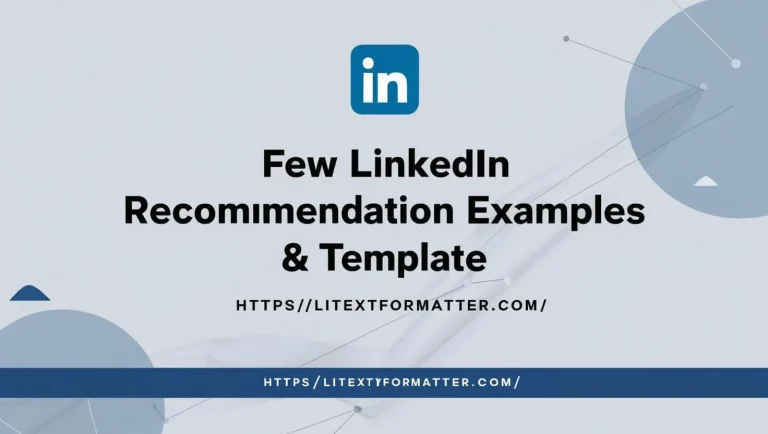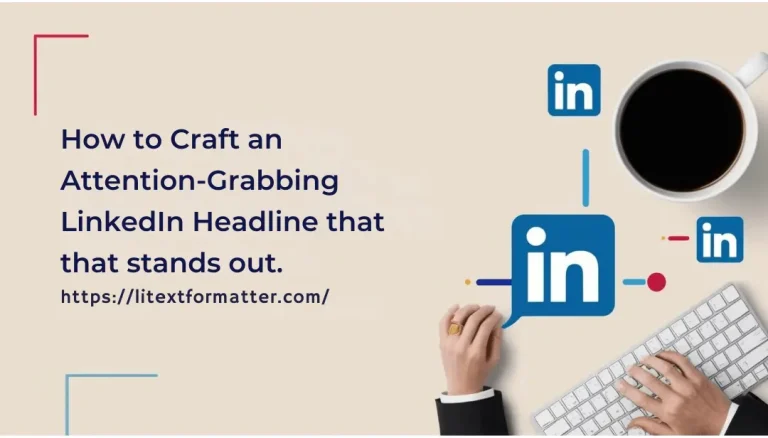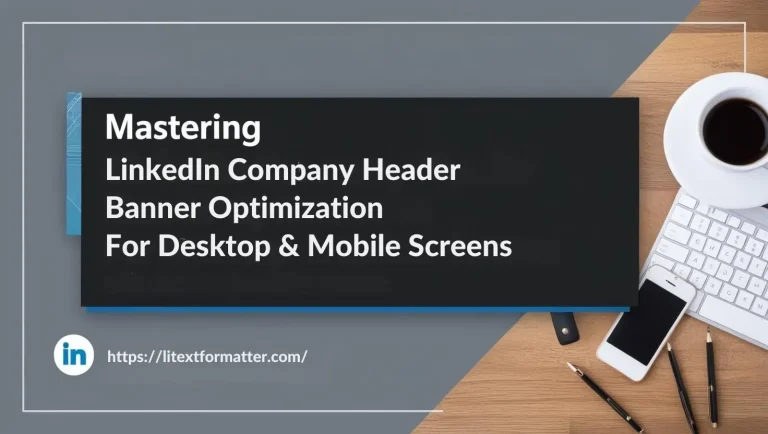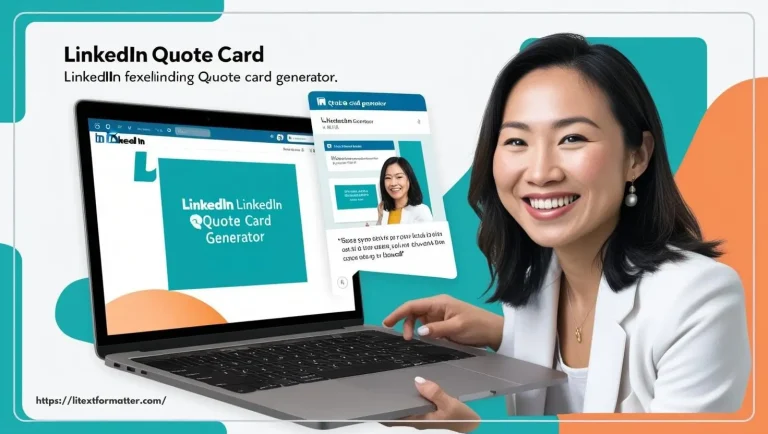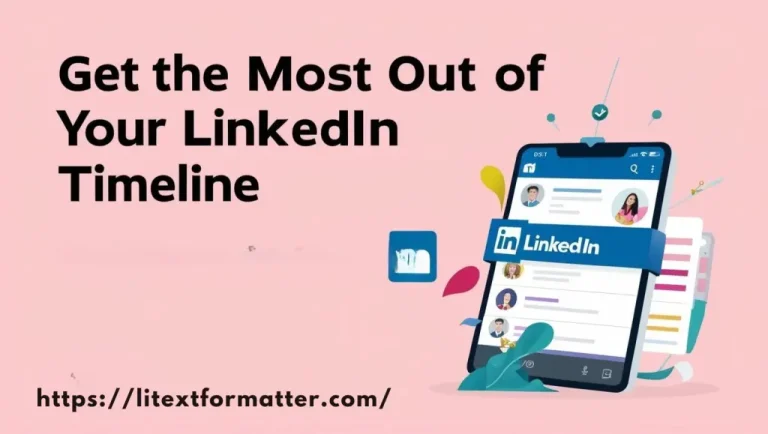Sneak Peek at LinkedIn’s New Homepage Redesign: What’s Coming
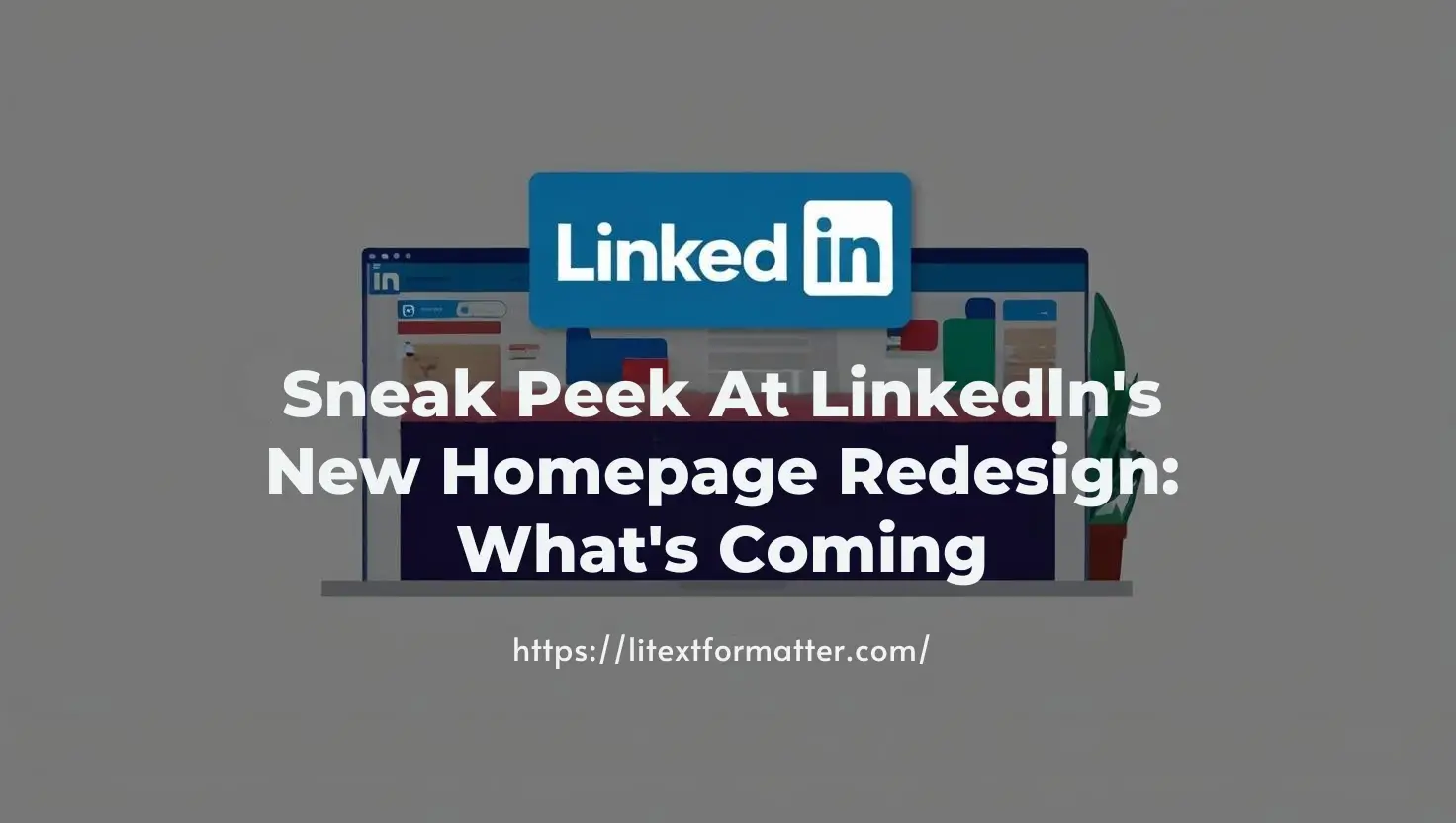
How Will LinkedIn New Homepage Redesign Enhance Networking?
LinkedIn has launched a homepage redesign that it says is meant to change the way professionals connect and advance their careers. With this new update comes a more modern, interactive and social friendly design that makes it simpler than ever to network with industry leaders learn about job openings and remain informed. This overhaul matches the future of work where digital business networking matters more than ever.
In this article, we ‘ll explore LinkedIn’s new homepage redesign in detail. We ‘ll talk about its amazing new features the effect on your profile a new way to navigate an improved messaging system and its overall impact on growing professionally. If you have been wondering what this redesign means for your use of LinkedIn keep reading.
What is LinkedIn’s New Homepage Redesign?
LinkedIn’s New Homepage Redesign is a big update that improves the user experience with a cleaner more intuitive interface. Next it brings a new intuitive navigation bar, better messaging options and a intelligent algorithm for more tailored content. For instance, the redesigned LinkedIn feed highlights relevant posts and industry trends making it convenient to stay updated. And this redesign is aimed at fostering more meaningful engagement and better career building opportunities.
Different Types of LinkedIn’s New Homepage Redesign Features
Here’re 10 types of LinkedIn’s New Homepage Redesign Features
What Does LinkedIn’s New Homepage Redesign Mean for Your profile?
Your LinkedIn profile is better looking and more illuminating now. The update focuses on your skills, accomplishments and career path with improved formatting. Easier to edit profile sections hence you will be able to show your experience properly.
The NEW LinkedIn Profile
- To provide a clearer, more professional look, the profile layout on LinkedIn has been redesigned.
- A highlighted “Highlights” section will show important skills, endorsements and recent activity.
- This eases the process for recruiters and connections on understanding your expertise through a brief glance.
New Navigation
- Simple New Navigation Bar LinkedIn is inspired by the simplicity of Tinder.
- It now features a more intuitive design with easy access to key sections such as Jobs, Learning and Messaging.
- We ‘re rolling out this change to provide faster, efficient navigation between various LinkedIn features.
LinkedIn Messaging
- New messaging system gives users a more fluid and interactive experience when communicating.
- You can now send voice messages, easily attach images and even check read receipts for more engagement.
- The UI also features smart replies to enhance conversations further.
LinkedIn Learning
- When we redesigned the homepage, we made LinkedIn Learning more seamlessly integrated than ever.
- Courses are easier to discover and personalized recommendations assist users in developing in-demand skills.
- With this new design they move professionals towards continuous learning investment.
LinkedIn Feed
- The result is that the LinkedIn feed is now a more relevant, high quality content experience.
- This makes it a more enjoyable experience, with users able to configure their feed to their liking.
Do You Have the New LinkedIn Desktop? What Do You Think of This Overhaul?
The new LinkedIn desktop experience is being rolled out beta program and first volunteers engaged in testing are providing very positive feedback. Professionals liked the cleaner look, better navigation and improved content discovery. For those with the update, check it out in all its glory and how it may improve your networking experience.
Difference Between LinkedIn’s New and Old Homepage Design
Create a compelling profile LinkedIn recently updated the design of its homepage, giving users a more modern, intuitive and engaging experience. Although this design was functional, it had numerous issues such as being text heavy, impersonal and cluttered, making navigation and interaction for users awkward at best. The new design solves these problems with an AI-based new perspective. In this post, we will have an in depth analysis of the old LinkedIn home page design vs. the new LinkedIn homepage design as well as a unique real-life example that adds even more depth to the “before” and “after” comparisons.
Visual Appeal & Layout
Old Design
- The previous variant of the LinkedIn homepage had a very cluttered flat feed and lots of text with no empty space.
- Content blocks weren’t well-defined and it was more difficult to differentiate between posts, job listings and networking updates.
- There were too many things in the sidebar which made it often overwhelming for first-time users to find the features they actually needed.
New Design
- The revamped homepage features a sleeker and more structured approach, with clearly defined sections that facilitate navigation.
- Posts and updates are displayed in a card format, offering a cleaner and more organized presentation.
- This includes the use of white space, light visual cues and simplicity, which help users quickly digest content.
Example
- Imagine you’re a marketer who wants to keep up with industry news.
- In the old version, you just scrolled through a messy feed of job posts and company news and personal accomplishments.
- Now, the new homepage makes it easier to stay on top of marketing-related content, so that all AI-driven content is surfaced in a user-defined category.
Personalization & Content Discovery with AI
Old Design
- Most of the Content Feed was just sequence of Post with little Personalization.
- The news feed filled up with irrelevant posts from many people you barely interacted with, making it harder to see interesting posts.
- Users were required to subscribe to specific topics or people to receive timely updates.
New Design
- Most of the Content Feed was just sequence of Post with little Personalization.
- The news feed filled up with irrelevant posts from many people you barely interacted with, making it harder to see interesting posts.
- Users were required to subscribe to specific topics or people to receive timely updates.
Example
- A software engineer who regularly engages with AI related posts will now be seeing more .
- AI and machine learning conversations populate their feed over random job updates from an acquaintance that they’ve never commented on.
- It helps them stay one step ahead in their domain of play without getting bogged down by distractions.
User engagement features were improved
Old Design
- While it had engagement features like liking, commenting and sharing, they were hardly significant.
- There were only limited ways users could interact beyond the simplistic reaction buttons.
- Discussions in the comment section were often buried in lengthy chains, which made it difficult to follow conversations.
New Design
- They also can comment on posts users now have the ability to react in a variety of ways: to like, or to react in a deeper fashion through insightful reactions.
- “Quick Reply” is a new feature that helps users to reply comments or message in no time.
- Better threaded conversations help keep the discussions structured and easy to follow.
Example
- A recruiter posts a hiring update and rather than just giving it a “like,” jobseekers can now use an “Interested” button, luring recruiters to reach out directly.
- This slight adjustment boosts engagement rates drastically.
Enhanced Job Search & Networking Experience
Old Design
- Job postings were sometimes buried in the feed and required users to go separately to the “Jobs” section.
- Networking recommendations were heavily based on shared connections, not competence.
New Design
- A dedicated job feed brings relevant job opportunities to the homepage.
- Instead of simply suggesting professionals with the most mutual connections .
- AI enhanced smart networking suggestions recommend based on the last industry, skills and past interactions.
- Recruiter and Jobseeker can easily communicate with the help of a well designed messaging system.
Example
- Now a finance professional searching for remote work doesn’t have to scour through several sections.
- LinkedIn will proactively serve up lists of jobs that fit these criteria at the top of their feed based on browsing history and skill set.
A Responsive Interface: Mobile Friendly
Old Design
- The older version was not fully optimized for mobile, this led to some UI elements appearing cluttered.
- On smaller screens scrolling and navigation were not as intuitive.
New Design
- The interface is entirely responsive, offering an optimal experience regardless of a user’s device.
- Gesture is also make apps more accessible to use on mobile.
- Faster load times improve performance especially for those on mobile.
Example
- Imagine a sales exec on a work trip who accesses the site on their phone, opening a simple, intuitive homepage, effortlessly connecting with people and content in an actionable manner vs.
- wading through an overly complex UI.
What’s Good and Bad About LinkedIn’s New Homepage Redesign?
The inherited default behavior has made some older features obsolete or less accessible.
Tools, Apps & Template
Here are some tools, apps and templates folks can use for homepage redesign for better posts, profiles and desktop presence arrangement:
LinkedIn Design & Content Creation Tools
- LinkedIn Post Template Generator: You make visually appealing LinkedIn posts using predefined layouts.
- Unifier LinkedIn Mockup Generator: Enables users to preview LinkedIn post designs before publishing.
- LinkedIn Profile Strength Analyzer: According to its analysis, it shows you what you should improve on your profile.
Apps on LinkedIn Content & Design
- Canva: Offers LinkedIn post templates, banners and ad designs
- Venngage: Create infographics specifically for LinkedIn posts
- BrandCrowd: LinkedIn logo and branding tools.
- Hootsuite: Tool for scheduling and managing LinkedIn posts.
LinkedIn Profile Templates for Posts
- LinkedIn Post Templates ( via Canva & Venngage ): Templates on Canva and Venngage to use for status updates, job posts and business promotions.
- LinkedIn Banner Templates: Cover photo styles that make profiles more visually appealing.
- LinkedIn Carousel: Multi-Slide Post Templates for Storytelling and Product Displays These tools, apps and templates should help you maximize LinkedIn’s new homepage redesign so, you always have a professional, visually appealing and interactive LinkedIn experience.
AI-Powered Personalization in LinkedIn’s Feed
The new feed is powered by an algorithm that recommends personalized content to LinkedIn users. It also analyzes user interactions, interests and industry trends to create posts, job opportunities and discussions customized for users. This smart system guarantees experts consume content that reflects their career goals and network activity enhancing engagement and productivity.
In this new feed, users can be aware of what is going on, who is open to business and learn the most value from individual posts. In conclusion, this AI-driven approach provided by LinkedIn encourages better professional relationships and a smooth job search process.
Why does LinkedIn’s New Homepage Redesign Matter?
The new LinkedIn homepage involves an important change since it enhances user interaction, navigation and the personalization of content. Powered by AI, updates are customized to help professionals discover relevant job opportunities, industry trends and networking suggestions. This creates a cleaner layout which is easier to read, leading to smoother and quicker interactions. Engagement tools promote meaningful discussions and professional development By aligning the changes with contemporary preferences on digital networking, it would also create more value for users on LinkedIn.
10 Things to Avoid in LinkedIn’s New Homepage Redesign
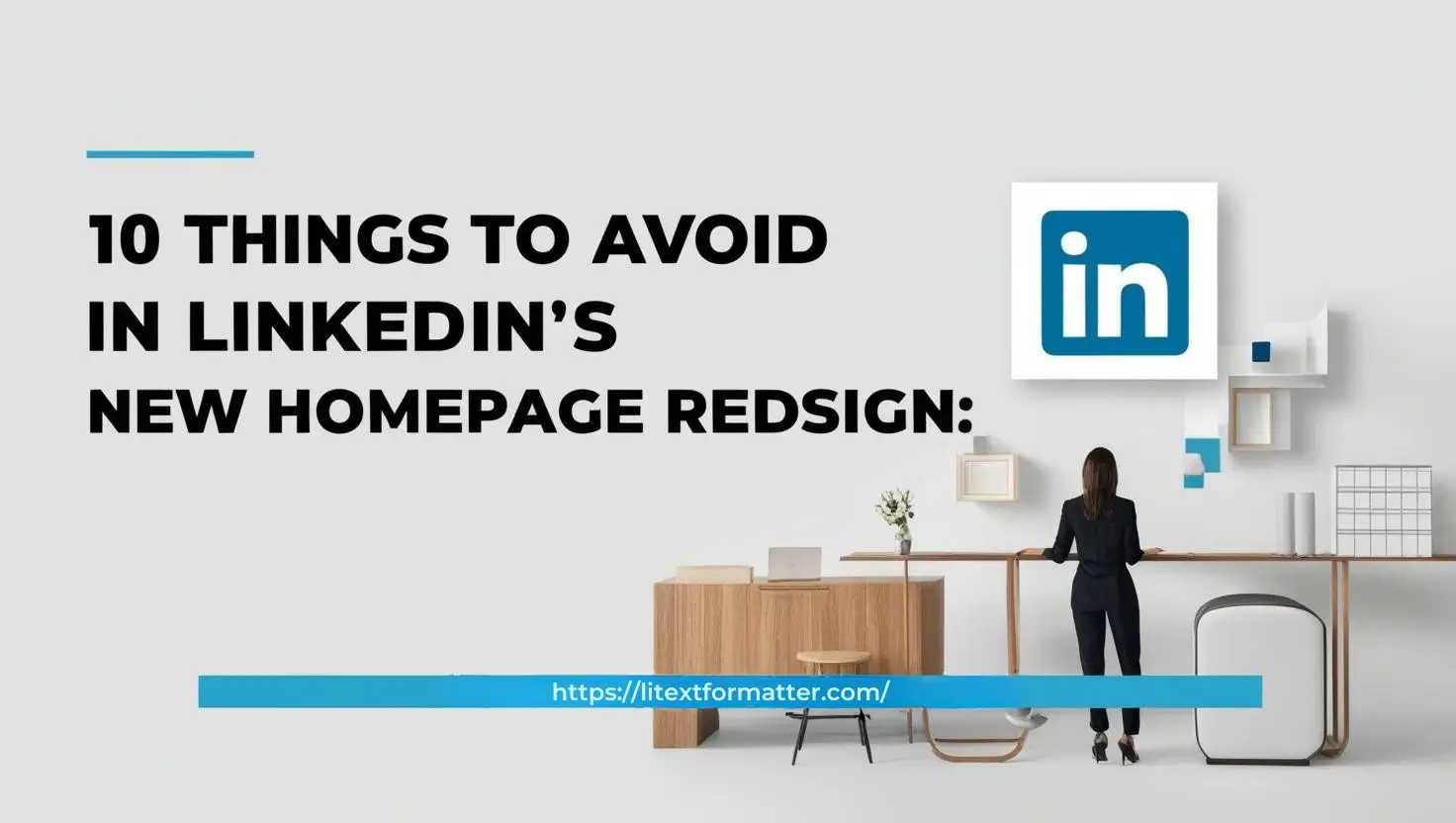
Complicating the UI User Experience
By creating a clean and efficient homepage, you sustain user relationships. Overdoing new features or adding unwarranted layers of complexities can confuse navigation. The users make their choices about a simple and natural layout rather than an excessive layout. Now simplicity must always come first in order to refine the experience.
Ignoring Mobile Responsiveness
Responsiveness is not up for debate, especially with a growing percentage of LinkedIn users accessing the platform using mobile. This means that if the homepage does not adjust seamlessly for various screen sizes, users will have a hard time reading through the content and navigating. Without careful optimizing of the experience for mobile components can lead to frustration and a lower time spent on the platform. You should particularly keep an eye out on seamless switching of desktop to mobile.
Incongruent features of branding
A redesign should retain LinkedIn’s familiar branding elements — for example, its color palette, typography and layout. A homepage that diverges too much from what users expect may undermine that familiarity. It builds trust and makes the platform immediately recognizable. Reinforcing a brand through consistent design across all changes builds intimacy and credibility.
Overloading with Visuals
Although photos and animations can enhance the attractiveness of a homepage, their overuse can result in a messy interface. It can make the site slow and users get distracted from the vital content. A certain balance, then, where visual aids aid and do not overpower the experience. Creating a clean and structured design provides a professional and engaging layout.
Disregarding Accessibility Standards
Accessibility is critical to making LinkedIn accessible for all users, including those with disabilities. Overlooking elements such as screen reader compatibility, use of alt text for images and keyboard navigation can leave a segment of the audience excluded. A design that is inclusive increases usability and meets with digital accessibility requirements worldwide. LinkedIn can be to a have a diverse professional community by prioritizing inclusivity.
Limiting Discovery of Content
People are looking for jobs, industry trends and connections when they visit LinkedIn. If the homepage overwhelms users with layers of navigation, they may have trouble finding the valuable features and content that they were drawn to in the first place. Less discovery less engagement + more professional frustration. You have all the data in place and a well-structured layout should make accessing this critical information easy.
Displacing Routine Workflows of Use
Frequent LinkedIn users have habits and workflows that are built on the platform as it currently exists. Approach and supporting context can then drive these patterns and a radical redesign without instruction or support for transitions can upend them. Radical redesigns should be put in place gradually with user-friendly alerts or tutorials. This allows for a smoother transition and avoids alienating long-time users.
Underestimating Load Times
A home page with too many heavy media files, high resolution images or complicated scripts can slow down load times a great deal. A website that loads slowly irritates users and raises bounce rates which results in decreasing engagement. The redesign should focus on optimizing the design for the speed of the site. Fast responsive pages lead to a better experience and increased retention.
Insufficient User Testing
These kinds of problems arise when you skip proper user testing prior to launching a redesign. Feedback from real world users helps identify usability issues designers may miss. Beta testing and collecting analytics is done to ensure the redesign meets user standards. A validated homepage enhances accuracy and happiness among LinkedIn members.
Ignoring SEO Best Practices
LinkedIn’s homepage is even subject to search engine optimization, which affects a user’s visibility and discoverability capabilities. Bad SEO practices, like having no meta description or incorrect use of keywords can impact the platform’s search rankings. By following SEO best practices for the redesign, LinkedIn ensures to strengthen its online presence. An optimized homepage increases users and the engagement rate.
FAQs
Conclusion
The new LinkedIn homepage redesign is a must for professionals who depend on networking, job hunting and industry trends. The simplified design and AI powered content allow for easy navigation. This update offers career growth to every job seeker, recruiters and domain experts. You learn faster, connect better and share the best content more quickly. The integration of LinkedIn into your daily routine has never been easier and productive.
This rework makes a much more interactive and engaging work environment. That means you will never miss a relevant post as personalized updates. LinkedIn enhances the user experience with improved job visibility and intelligent networking recommendations. If you use LinkedIn on a daily basis it can help you expand your professional network and go up in your field. If you are having trouble with the new interface don’t hesitate to reach out.
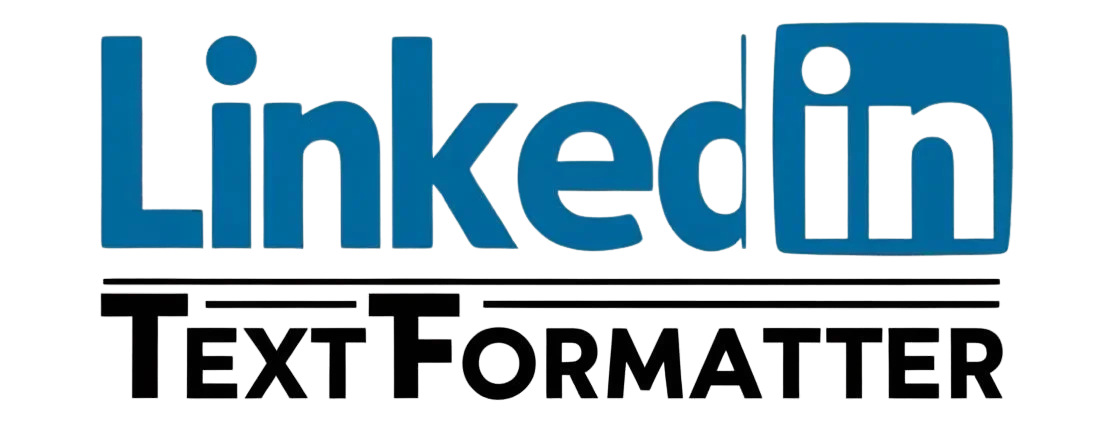
![LinkedIn Hashtag Generator [No Cost, No Limits &100% Free]](https://litextformatter.com/wp-content/uploads/2025/04/w-768x434.webp)
